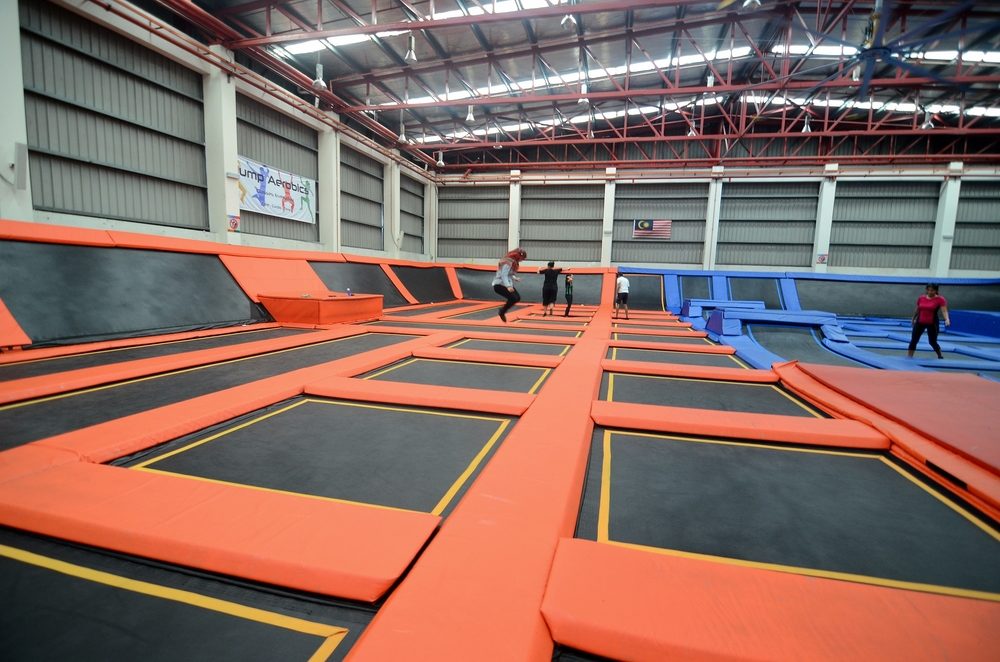Trampoline Parks Carry Severe Trauma Risk For Children, Researchers Warn
Severe trauma risks were higher at trampoline parks than when children use trampolines at home, which is still dangerous itself, researchers found.

Children are more likely to be injured at indoor trampoline parks than jumping on trampolines at home, according to the findings of a new study.
The risk of musculoskeletal or orthopedic injuries is nearly doubled among children at trampoline parks, and the risk of lower extremity injuries is tripled, when compared to playing on trampolines at home.
Australian researchers from the University of Sydney published the findings this week in the medical journal Injury Prevention, which included an analysis of 11 studies, including data for 13.9 million injuries among children in the US, Canada, South Korea, Singapore, the UK, Australia, and New Zealand.
According to the report, children who jumped at a trampoline park were twice as likely to experience an orthopedic injury, sprain, and needed surgery more often than those who suffered injuries bouncing on a trampoline at home. When examining leg injuries, researchers indicated that children were three times more likely to be injured at a trampoline park than at home.
Suffering injuries to the upper body, concussion or lacerations was 52% less likely to occur at trampoline parks compared to homes. This may be due to wall-to-wall padding covering installed at trampoline parks.
The risk for suffering head, face or body injuries, broken bones or spinal injuries was the same at both home and trampoline centers. The rate of hospital admissions was also the same at both locations, but injuries at trampoline parks were two times more likely to require surgery.
Older teens and children had a higher risk of suffering injuries overall at trampoline centers compared to at home. Researchers said this may be because older children are more likely to take risks at trampoline parks. Furthermore, trampolines at commercial centers have a higher tensile strength which may lead to a harder bounce. It can also amplify the loading in bones and ligaments, leading to more injuries.

Did You Know?
Millions of Philips CPAP Machines Recalled
Philips DreamStation, CPAP and BiPAP machines sold in recent years may pose a risk of cancer, lung damage and other injuries.
Learn MoreThe popularity of trampoline centers has increased over the past decade. In 2017, there were 840 trampoline centers in the US and more than 400 in other countries. As result, injuries at trampoline parks have also increased. A 2019 study indicated injuries at trampoline parks increased 4% over the past decade.
US emergency departments treat nearly 100,000 children a year for trampoline injuries. Safety guidelines are not legislated for commercial trampoline centers anywhere in the world. Researchers advocate for safety standards and legislation aimed to protect children who simply want to play at trampoline parks.
“Considering the rapid global expansion of the commercial trampoline industry in the last decade, the increasing injury rates, and the cost to health systems, the development and implementation of evidence-based safety standards and preventative strategies and public awareness campaigns are urgently required,” researchers wrote.
Get more articles like this sent directly to your inbox.
"*" indicates required fields




0 Comments